Repertoire
summaries of the plays we perform most often
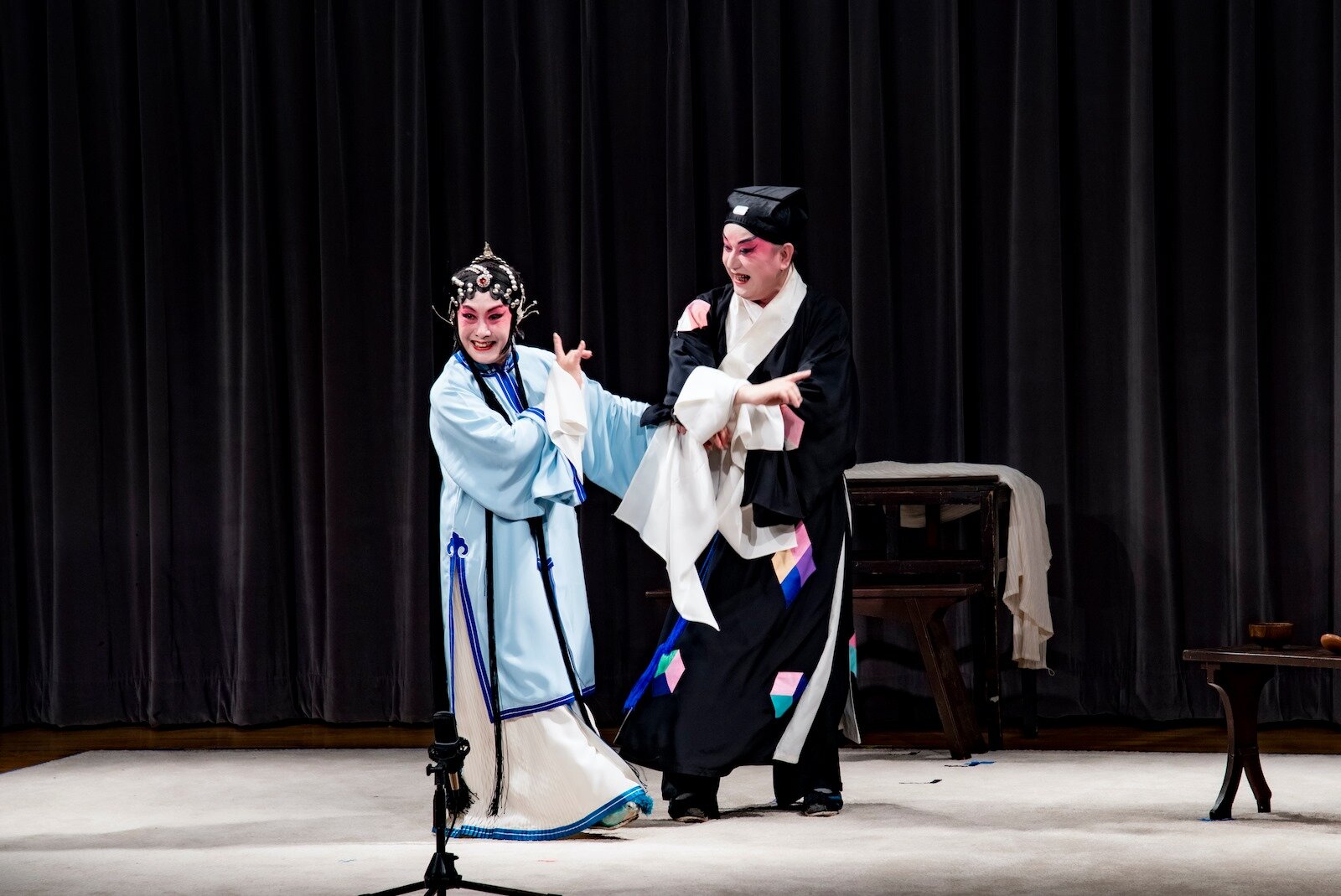
綵樓記 The Story of Nuptial Gallery
《綵樓記》為明王錂所撰,改編自南戲《破窯記》,寫相府劉千金綵樓招親,繡球拋與窮書生呂蒙正,兩人被逐出相府。
The Story of Nuptial Gallery was written by Ling Wang of the sixteenth century and adapted from an earlier play called The Story of the Ruined Shed.
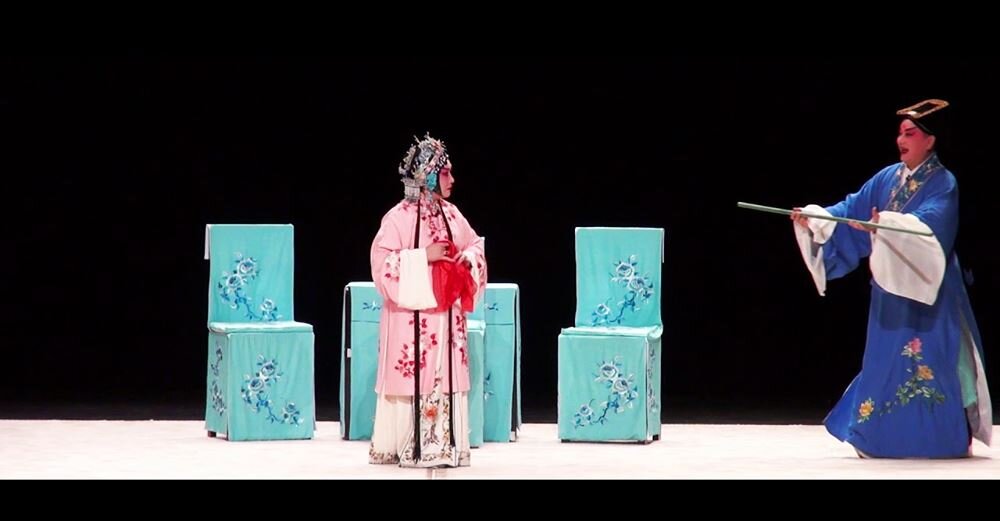
獅吼記 As A Lioness Roars
明朝安徽休寧人汪廷訥所撰,全本三十出,本宋人小說類編,借蘇東坡贈陳季常聽講佛法詩「忽聞河東獅子吼,拄杖落地心茫然。」附會虛構陳季常懼內的故事。
As a Lioness Roars shines as one of the most popular and enduring Kunqu comic plays. The title has become a familiar metaphor in Chinese culture that refers to a jealous and tempestuous woman and her henpecked husband.

水滸記 The Water Margin
《水滸記》為明朝許自昌所撰,取材於名著小說《水滸傳》,寫衙吏宋江與梁山好漢串結,宋江納閻婆惜為妾,閻與宋同僚張文遠私通。
The Water Margin, written by Zichang Xu in the early seventeenth century, dramatizes episodes from the famous novel of the same name, focusing on the character Jiang Song and others related to him.
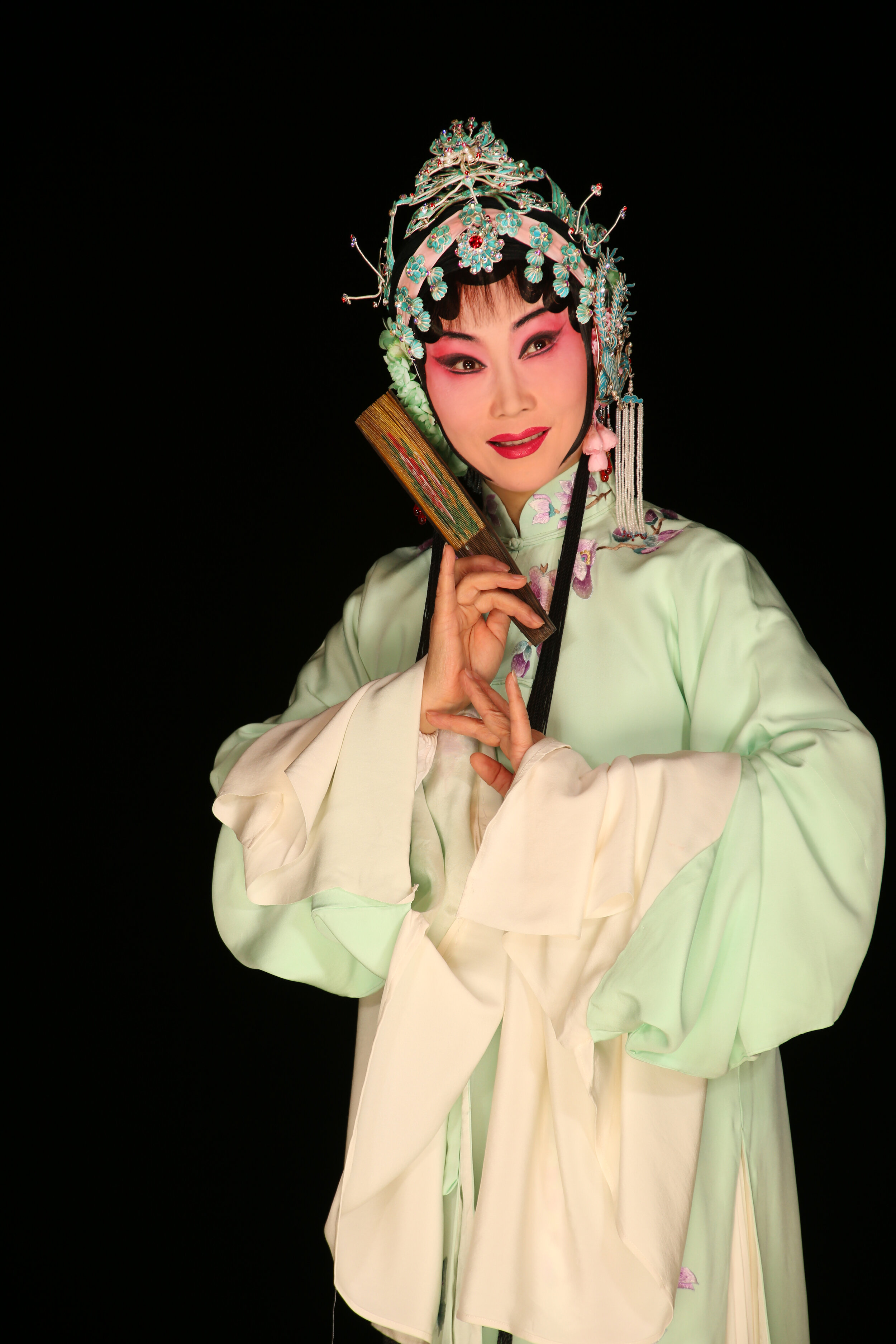
牡丹亭 The Peony Pavilion
《牡丹亭》 又稱《還魂記》,為明代戲劇家湯顯祖所著《玉茗堂四夢》之一,在文學史和崑曲劇壇上,是一部不朽的名著。
The Peony Pavilion (1598), also known as The Return of the Soul, is written by the prominent playwright Xianzu Tang (1550-1616), a play included in his four dream plays and long regarded as a masterpiece of Chinese literature and kunqu.

玉簪記 The Jade Pin
《玉簪記》為明代戲曲家高濂所撰,,取材自《古今女史》,寫書生潘必正和女尼陳妙常曲折離奇的愛情故事。
The Jade Pin, written by Lian Gao (1527-1609?), depicts a secret love affair between Pan Bizheng, a scholar, and Chen Miaochang, a young maiden cloistered in a nunnery, and the consequences that ensue when it becomes known.

長生殿 The Palace of Eternal Youth
《長生殿》為清代戲劇家洪昇根據白居易《長恨歌》及民間故事《唐明皇游月宮》所編寫,排場恢宏,氣氛凝煉,是廣為流傳、影響深遠的傳統名劇。
The Palace of Eternal Youth (1688) by Sheng Hong (1645-1704), a kunqu classic, weaves an epic tale of political corruption, military revolt, and social unrest into the love story of Emperor Minghuang and Lady Yang.

荊釵記 The Story of the Thorn Hairpin
《荊釵記》為南戲劇本,作者已佚。故事寫貧士王十朋以荊釵為聘,與錢玉蓮婚配。
The Story of the Thorn Hairpin is an anonymous work written in the fourteenth century.

白兔記 The Story of the White Rabbit
《白兔記》乃元代南戲劇本。劇演貧漢劉知遠與李三娘婚後,受三娘兄嫂欺侮。
A play written in the fourteenth century, The Story of the White Rabbit recounts the trials of Li Sanniang, a virtuous wife, and her eventual reunion with her husband and son.

浣紗記 The Story of Washing Gauze
《浣紗記》為明朝梁辰魚所作,是崑曲搬上戲曲舞台的最早作品,促成了崑曲的流傳與發展。
The Story of Washing Gauze, written by Chenyu Liang of the sixteenth century, is the first known play that employed kunqu in stage performance and contributed greatly to the art form’s popularization and development.

鳳凰山 The Phoenix Mountain
《鳳凰山》為明人所作,寫元朝安西王謀反,朝廷派遣青年謀臣江六郎喬裝改扮,化名海俊,潛入安西王府打探軍情。The Phoenix Mountain, an anonymous work from the Ming dynasty (1368-1644), depicts a spy scheme that implicates the life and death of a princess.
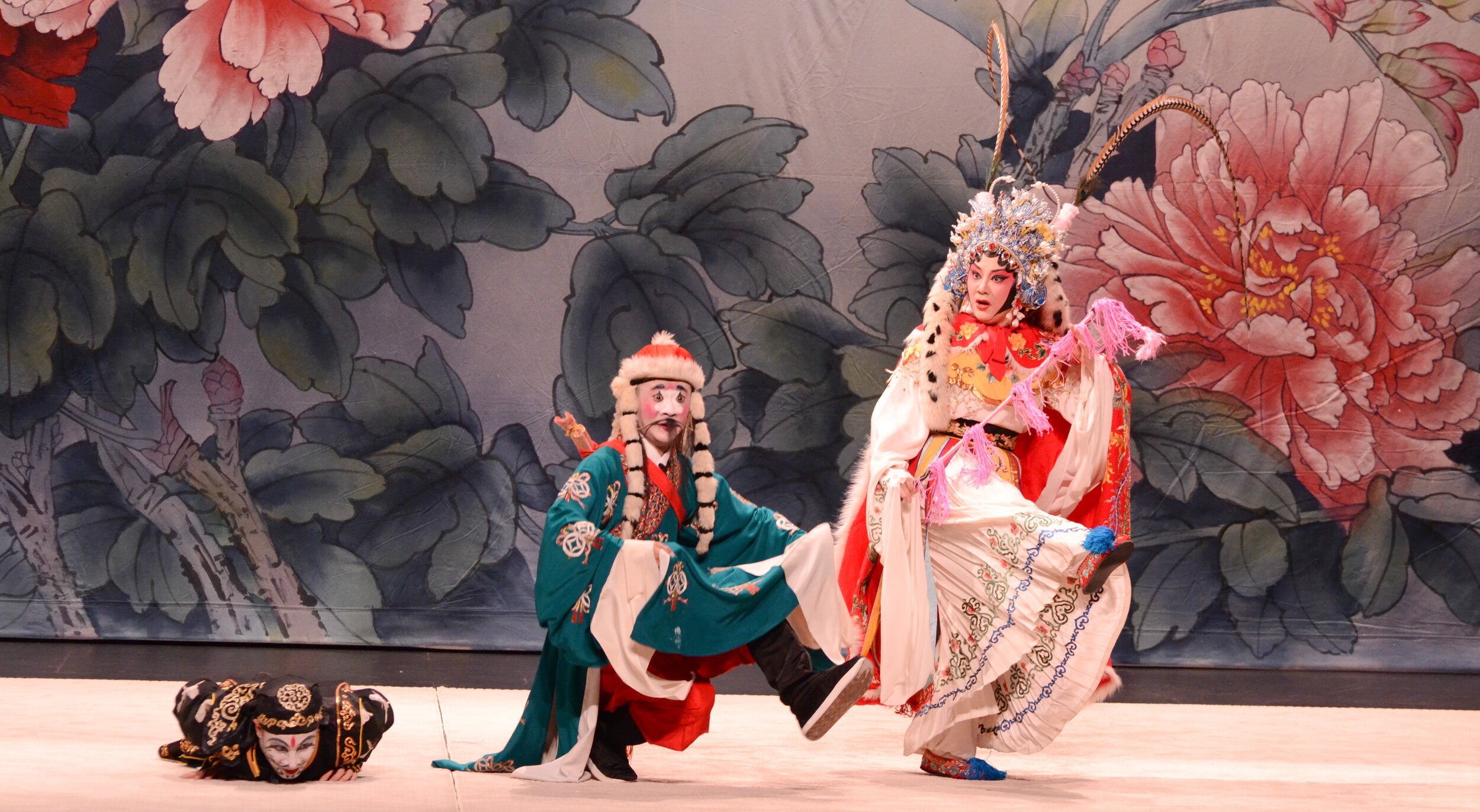
昭君出塞 Lady Glory’s Trek to the North
〈昭君出塞〉根據元代劇作家馬致遠的名著《漢宮秋》改編而成。內容寫漢元帝時,奸臣毛延壽挑唆番王強索元帝妃子王昭君為妻。
Inspired by Autumn at the Han Palace, a masterpiece of poetic drama written by Ma Zhiyuan of the Yuan dynasty (1280-1368), Lady Glory’s Trek to the North is a Kunqu theater replete with sophisticated singing, dexterous acting and dancing, which makes it a popular but most demanding work.
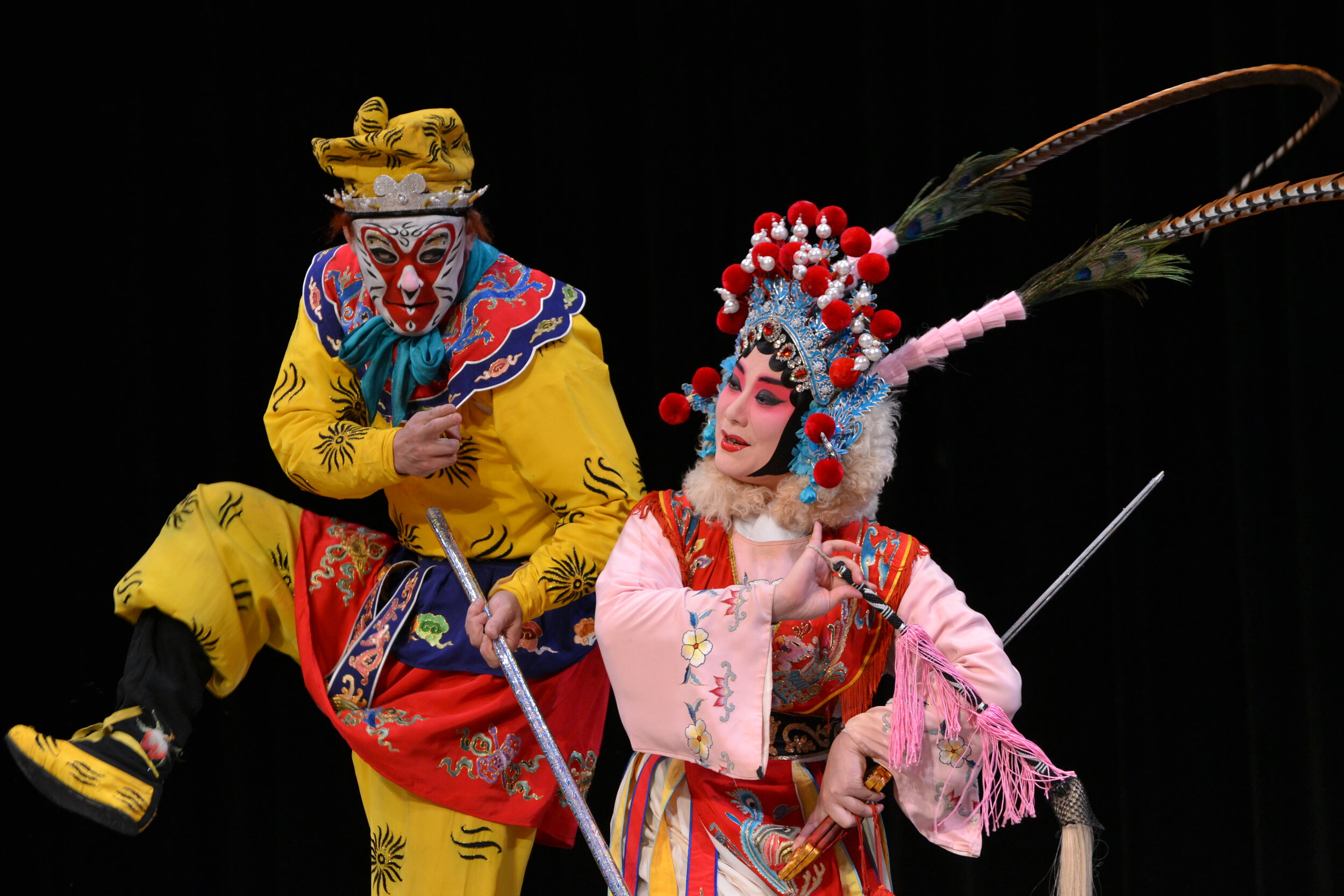
西遊記 Journey to the West
《西遊記》敘述唐朝貞觀年間高僧玄奘前往印度取經,歷盡千山萬水,忍受風沙雨雪之苦,並不斷受到妖魔鬼怪的襲擊。
Journey to the West depicts the pilgrimage of Tripitaka (Xuanzang of the Tang dynasty, 602-664) to India to receive Buddhist teaching and obtain the scriptures.

吟風閣 The Pavilion of Clear Breeze
《吟風閣》為清朝楊潮觀所撰,其中包含短劇三十二齣,題材取自歷史與傳說,故事反映人情世態、官場廉弊。
The Pavilion of Clear Breeze was written by Chaoguan Yang of the eighteenth century. The play consists of thirty two one-acts, with stories based on histories and legends that reflect the various manifestations of humanity and the sharp contrast between the integrity and corruption of the bureaucracy.
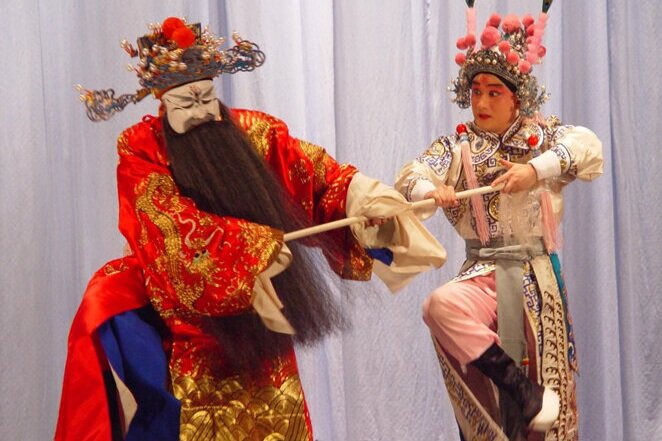
連環記 A Plot of Menage à Trois
東漢末, 董卓擅權跋扈, 義子呂布鐃勇善戰,司徒王允憂心國事, 欲誅董卓, 卻苦無良策。
This play takes place at the end of the Eastern Han Dynasty (25-220AD), when Dong Zhuo, a mighty and ruthless general, seizes power from the emperor.
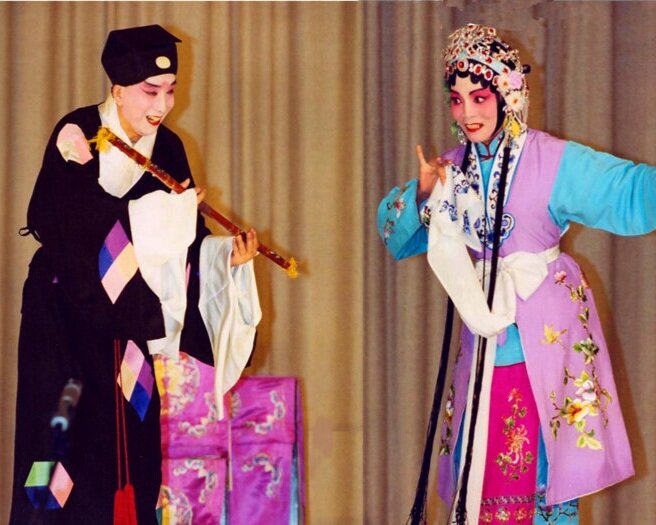
繡襦記 An Embroidered Robe
秀才鄭元和出身仕宦之家。奉父命往長安應試,卻迷戀長安名妓李亞仙。
The play poses as a morality drama to warn against debauchery and hedonism, which the play states can only lead to pain and destruction.
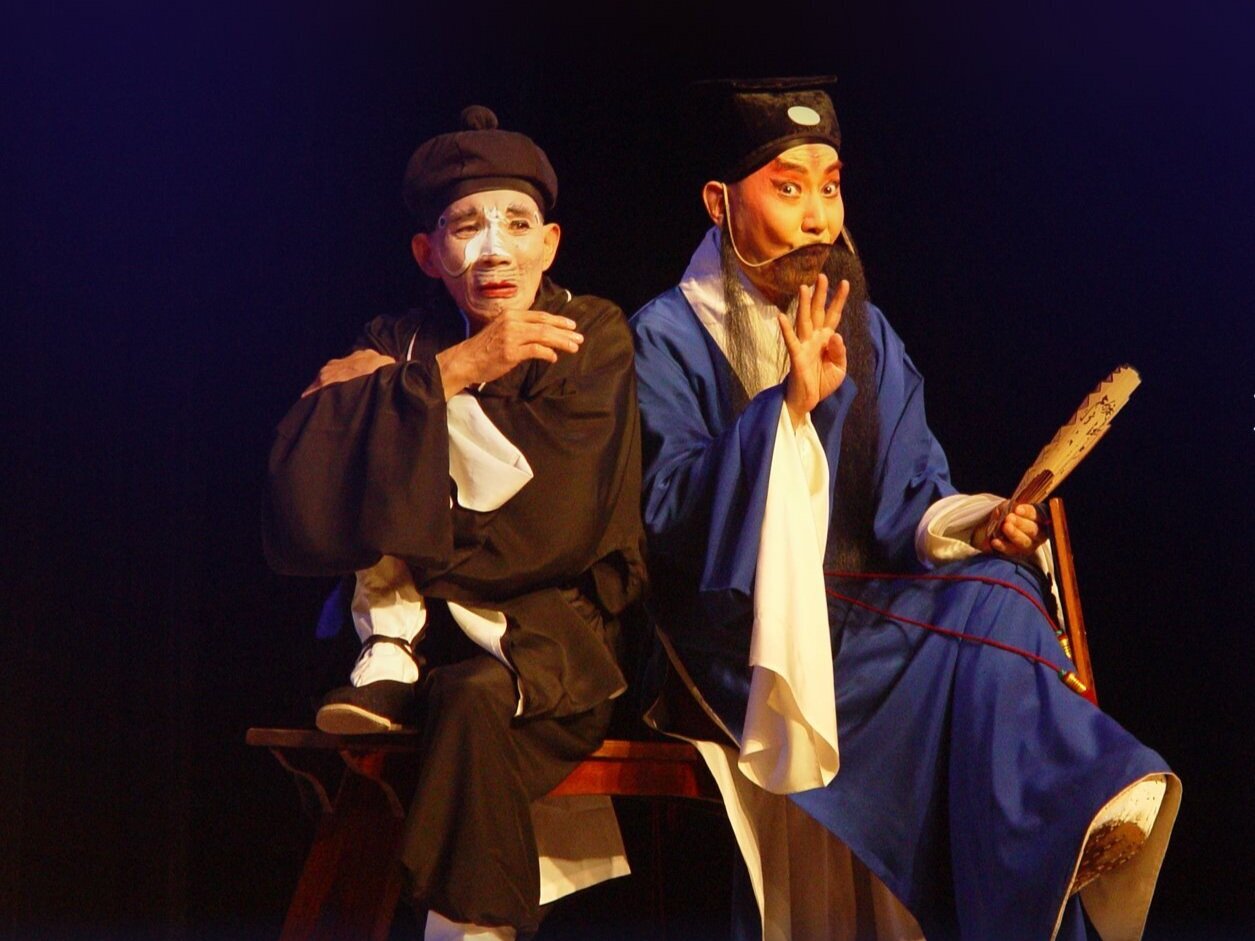
十五貫 Fifteen Strings of Cash
《十五貫》原劇為明末清初劇作家朱素臣所作,一九五0年代經改編,由傳字輩崑曲大師周傳瑛、王傳淞等主演,表演細膩生動,人物塑造鮮明。
Written by Sucheng Zhu in the seventeenth century, the original script was adapted in the 1950s and performed with the lead roles played by kunqu masters Chuanying Zhou and Chuansong Wang who brought life and depth to the characters.
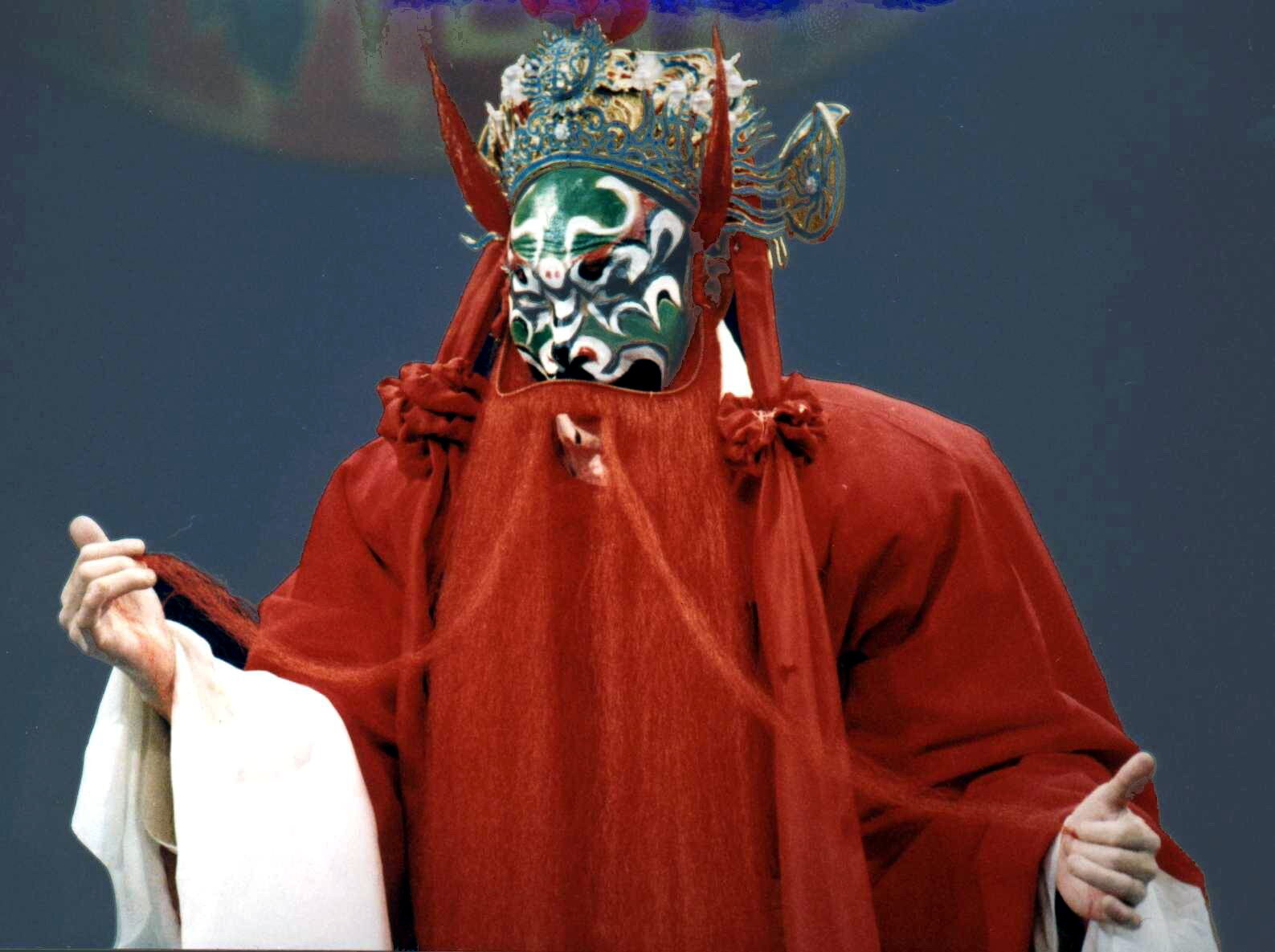
鐘馗嫁妹 Zhong Kui’s Earthly Mission
終南山進士鐘馗與好友杜平入京赴試,兩人俱中進士。皇帝召見時,見鐘馗面貌醜陋,乃將其除名。鍾受此大辱,羞怒之下,觸死於後宰門。
Zhong Kui’s Earthly Mission is unique not only for its extreme dexterity in dance movements of the characters but also for the tale it tells of tender feelings between siblings and friends across the barrier between the human world and the netherworld.
